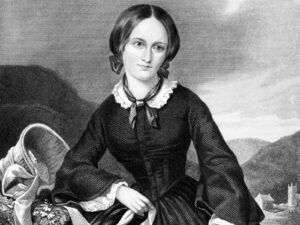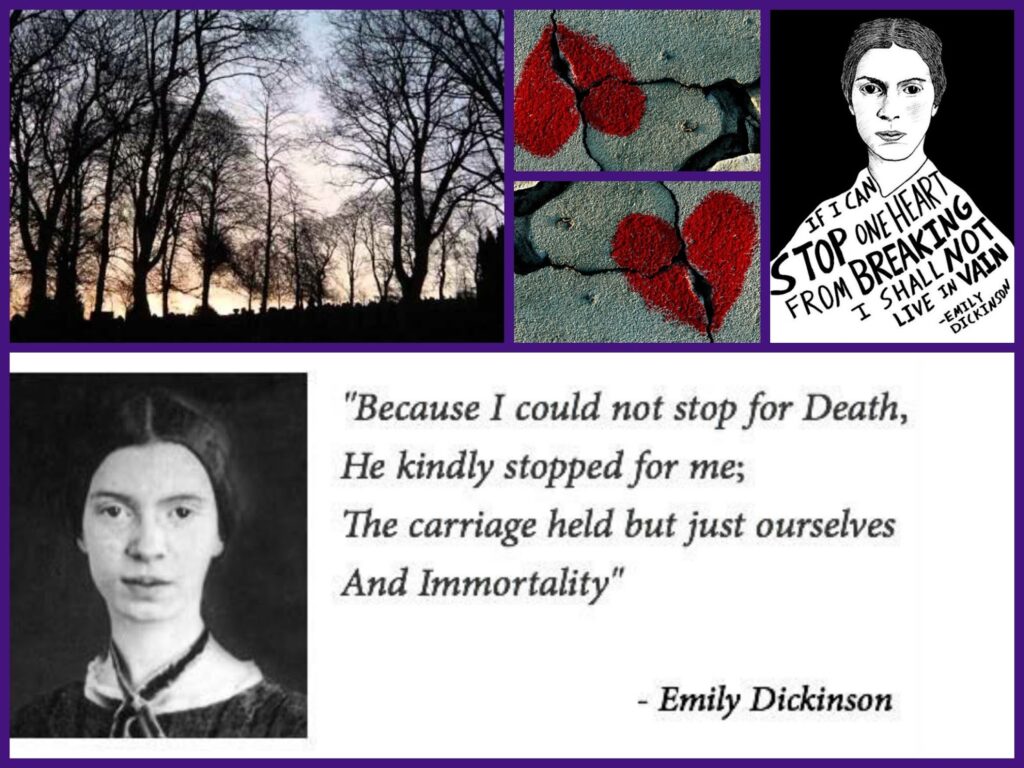—by Dr. Parijat De
–Reading Time – 14 min Approx
Except for avid readers of English poems, an educated man or woman of India will wear a blank look if the name of either Emily Dickinson or Emily Bronte is mentioned. The latter may stand some chance of being recognized at once as she was the author of a classic novel in English literature named “Wuthering Heights”, but her poems are mostly unread by even an honours graduate in English in India.
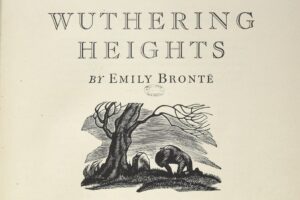
Dickinson, on the other hand, can’t lay claim on anything akin to a novel or a novella and hence is hardly taken note of even by a masters level student. Yet the fact remains that both these ladies wrote finest pieces of poetry which impale the heart of any sentient being.
Both of these lady poets lived and died in the 19th Century. Emily Elizabeth Dickinson (1830-86) lived longer than Emily Jane Bronte (1818-1848), albeit herself dying an untimely death. The former was an American, born in Amherst, Massachusetts and died in her birthplace only. Bronte was born in Thornton but died in Haworth, both in Yorkshire of England. Dickinson was never recognized during her lifetime though she penned more than 1700 poems. Bronte, who wrote under the pen name of Ellis Bell, came to be widely recognized because of her only novel, Wuthering Heights. Compared to Dickinson, Bronte wrote few poems but her immortal creation, “No Coward Soul is Mine” added glory to her career, which was already perched on a very high platen because of that classic novel, Wuthering Heights.
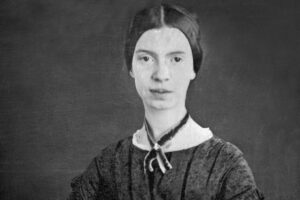
Dickinson spent her life mostly in home or, to be more correct, in her room. For almost the last twenty years of her life, she lived the life of a recluse wearing white dresses most of the time.None of her poems can be termed banal or ordinary and, of the 1700 odd poems, many stood out for their dazzling quality and, long after her death, brought her recognition of the highest order. Consider one of her most famous poems, ‘Because I could not stop for Death’, which stunned the literary world. Only the first two paras are quoted here:
Because I could not stop for Death-
He kindly stopped for me-
The Carriage held but just ourselves
And Immortality.
We slowly drove- he knew no haste
And I had put away
My labour and my leisure too,
For his Civility-
Now, contrast the somber mood of the above with the childlike expression of “I’m Nobody! who are you?” beneath the veneer of which there is a carping undertone-
I’m Nobody! Who are you?
Are you Nobody too?
Then there’s a pair of us!
Don’t tell! they’d advertise – you know!
How dreary it’s to be somebody!
How public- like a frog
To tell one’s name – the livelong June –
To an admiring Bog!
The tone and tenor of the poem is unique and, at once, captivating. The brilliance of thought is almost mesmerizing only to be surpassed, arguably, by the following lines of another poem of hers, ‘Success is Counted Sweetest’-
Success is counted sweetest
By those who ne’er succeed.
To comprehend a nectar
Requires sorest need.
What pathos! What imagery! It catches fancy with the reader in a trice!
Then, in her “If I can stop one heart from breaking”, Dickinson sloughs off all metaphors, all vituperation to put it straight across, leaving a glimpse of her ever-aching heart –
If I can stop one heart from breaking,
I shall not live in vain;
If I can ease one life the aching,
Or cool one pain
Or help one fainting robin
Unto his nest again,
I shall not live in vain.
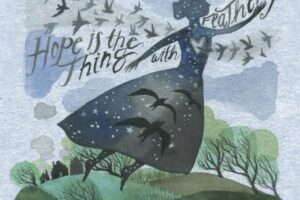
A troubled soul that she was, she longed to ease the pain of others by reaching out to other souls. Was that an attempt to veil her own aching heart that was vainly looking for solace in the form of love?
In her “Hope is the thing with feathers”, ranked among the greatest poems in the English Language, Dickinson metaphorically describes hope as a bird that rests in the soul, sings without a break even in the direst circumstances and, in return, demands nothing –
Hope is the thing with feathers
That perches in the soul,
And sings the tune without the words,
And never stops at all.
And sweetest in the gale is heard;
And sore must be the storm
That could abash the little bird
That kept so many warm.
I’ve heard it in the chilliest land
And on the strongest sea
Yet, never, in extremity,
It asked a crumb of me.
Emily Bronte started out as a poet and earned fame after Wuthering Heights was published in 1847, just one year before her death. Two of her other sisters, Anne Bronte and Charlotte Bronte were also good poets. Emily published a book of poetry with her sisters. She started life as a teacher but was compelled to quit the profession because of her fragile health. Her strong imperious will could never be daunted though. A stubborn tenacity was her forte and saw her write pages after pages despite her failing health, devoting as she did to the loftier exercises of the intellect. Much like Dickinson, Bronte too had a solitary and reclusive nature. Her closest friend was her sister, Anne while Charlotte was the main source of whatever little information we gather about Emily.
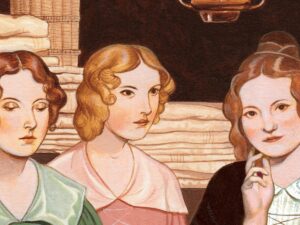
Bronte’s “Had there been falsehood in my breast” is considered to be one of the more successful, self- contained short poems of the English literature. The four lines run like this-
Had there been falsehood in my breast
No thorns had marred my road,
This spirit had not lost its rest
These tears had never flowed.
Fragmentary it may be, but it’s pleasant nonetheless.
An example of heart wrenching writing –which perhaps found expression due to that quest for man’s love that her throbbing heart yearned for – is to be found in Emily’s “She dried her tears, and they did smile”-
She dried her tears, and they did smile
To see her cheeks’ returning glow;
Nor did discern how all the while
That full heart throbbed to overflow.
With that sweet look and lovely tone,
And bright eye shining all the day,
They could not guess, at midnight lone
How she would weep the time away.
An intense lover of nature that she was, Bronte describes the Yorkshire moors in a surreal language-
What winter floods, what showers of spring
Have drenched the grass by night and day;
And yet, beneath, that specter ring,
Unmoved and undiscovered lay.
A mute remembrance of crime,
Long lost, concealed, forgot for year.
It comes at last to cancel time,
And waken unavailing tears.
In “Remembrance”, Bronte again limned the nature around her in Yorkshire-
Sweet love of youth, forgive, if I forget thee
While the world’s tide is bearing me along;
Other desires and other hopes beset me,
Hopes which obscure, but cannot do thee wrong.
****
But when the days of golden dream had perished,
And even Despair was powerless to destroy,
Then did I learn how existence could be cherished,
Strengthened, and fed without the aid of joy.
Then did I check the tears of useless passion-
Weaned my young soul from yearning after thine;
Sternly denied its burning wish to hasten
Down to that tomb already more than mine.
And, even yet, I dare not let it languish,
Dare not indulge in memory’s rapturous pain;
Once drinking deep of that divinest anguish,
How could I seek the empty world again?
What a fantastic depiction of one’s love for the nature around one! “Remembrance” stands out as one of the two most famous poems of Emily Bronte.
But what, apart from “Wuthering Heights”, made Emily Bronte immortal was her fiery poem, ‘No Coward Soul is Mine’. It was eerily timely and profoundly compelling.
No coward soul is mine
No trembler in the world’s storm-troubled sphere
I see Heaven’s glories shine
And faith shines equal arming me from Fear.
***
Vain are the thousands creeds
That move men’s hearts, unutterably vain,
Worthless as withered weeds
Or idlest froth amid the boundless main.
To waken doubt in one
Holding so fast by thy infinity
So surely anchored on
The steadfast rock of Immortality.
***
Though earth and moon were gone
And suns and universes ceased to be
And Thou wert left alone
Every Existence would exist in thee.
There is not room for Death
Nor atom that his might could render void
Since thou art Being and Breath
And what thou art may never be destroyed.
—by Dr. Parijat De
